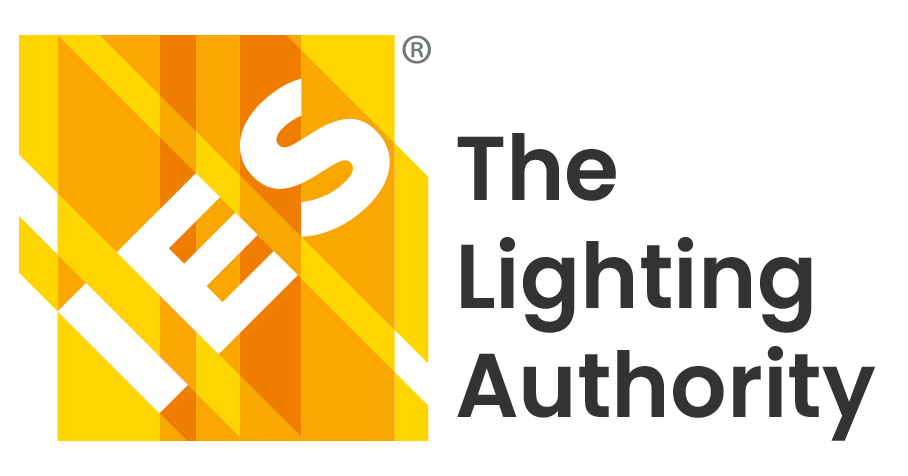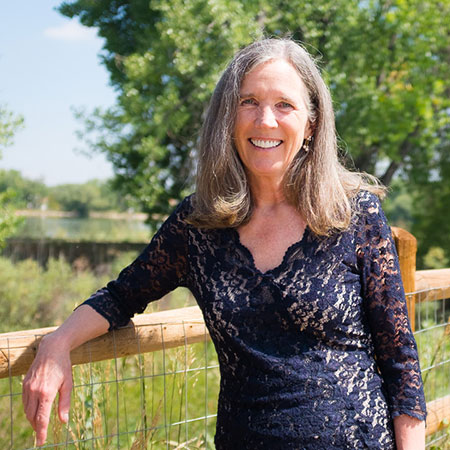“It is so important to look at nature and figure out what is nature telling us,” says Nancy Clanton, PE, FIES, FIALD, LEED Fellow and CEO of sustainable lighting design firm Clanton & Associates. “With electric light, we’re introducing all this light into our daily habits that’s never been here for hundreds of years. It’s our generation—and only our generation—that hasn’t been able to go to sleep without seeing the nighttime sky.”
For over 40 years, sustainable and regenerative lighting design has been a core principle for Nancy Clanton and her firm. Her work and research have been hugely influential in not only combatting the harmful impacts associated with certain types of electric lighting, but also in informing the standards and best practices that shape the industry as a whole. Throughout this career, she’s maintained a simple yet very powerful inspiration — look to nature as the guide.
Clanton’s first lesson from nature involves the capabilities of today’s LED technology, and specifically its ability to adapt color temperature to resemble natural light. “With current technology, it’s going to be using LEDs, making sure you get the best quality LED, and having the lowest or warmest color temperature. That is mimicking nature and what nature is looking for,” she says. Excess blue or high temperature light has manifold harmful impacts on people and planet, but it’s especially detrimental to the human sleep cycle. It alters a person’s circadian rhythm, which depends on serotonin to be produced during the day from blue light and melatonin to be produced at night from the absence of blue light. For this reason, Clanton’s rule is to keep color temperatures low in cities, preferring nothing over 3000K and ideally 2700K in residential areas — the places where people sleep.
Yet color temperature is only one half of the equation. The other half is light trespass, and again, Clanton looks to nature as her guide, adhering as closely as possible to the natural periodicity of where and when light should be and where and when it shouldn’t. “LEDs enable us to change color through spectral tuning, but they also give us the ability to dim lighting during evening hours,” she continues. “It would be ideal to be able to control both dimming and color at different times of day and during the migration seasons of certain species, for example.”
To mitigate light trespass on a larger scale, Clanton recommends looking closely at a potential luminaire’s ability to control where light is directed in order to minimize harmful deviation from natural light levels, pointing specifically to uncontrolled Backlight, Uplight and Glare as light trespass’s biggest drivers. Thankfully, Backlight, Uplight and Glare (BUG) ratings (per IES TM-15-11) are readily available from lighting manufacturers and provide specifiers with the information they need to minimize trespass in fixture selection and lighting application. Clanton recommends fixtures with B0 and G0, the lowest backlight and glare ratings. “Don’t go above a B1 or G1,” she advises.
“And the uplight is completely wasted light,” Clanton continues. “There is no reason for it at all. Many cities have lighting codes that state all uplighting has to be U0.” She notes that while neighbors mainly notice backlight and glare, people living in multistory buildings are particularly impacted by uplight.
Of course, reducing backlight, uplight, and glare is vitally important for nonhumans as well. Clanton & Associates specifically will not light waterways because of the negative effects light has on fish. “We will light a bridge,” she explains, “but all of the light has to be contained on the bridge surface.” The Colorado cities of Boulder and Denver prohibit lighting waterways, and Florida has published lighting ordinances for areas where sea turtles are nesting that call for reduced trespass and skyglow along the beachfront. Similar regulations are becoming more common for birds during migration who often depend on moonlight for navigation. As for agriculture, a Virginia Tech study of seven soybean fields in seven locations throughout Illinois found that the impact of roadway lighting trespass on plants closest to the road was significant and measurable. Compared to soybean fields with no light trespass, plants affected by light trespass had developmental delays and yield reductions.
Considering all these combined harms, Clanton shares a useful method for determining site-specific light trespass levels that planners and designers can easily put into practice. First, find out what Land Use Zone the site at hand is in. “Not many municipalities have lighting ordinances, but they do have Land Use Zones,” Clanton says. Once you know the site’s Land Use Zone, you can assign the Lighting Zone—ranging from LZ0 to LZ3—at the same level as land use. For example, an LZ0 lighting zone might be a nature preserve with very little light over its property lines, and a lighting zone of LZ1 for a rural residential land use puts a little more trespass across properties. “Finally, think back to the BUG ratings of 0, 1, 2, and 3,” says Clanton. “An LZ0 lighting zone should be assigned fixtures with BUG ratings of B0, G0, and U0; an LZ1 lighting zone would have maximum BUG ratings to match. The two align, and it really works quite well in determining maximum trespass levels.”
Clanton sees an opportunity for lighting designers to help educate land use planners who aren’t always knowledgeable about lighting zones. “I think there is a real opportunity for lighting professionals to help communities understand the relationship between land use and lighting zones and how to address environmental issues with light at night.”
Looking to the future, Clanton is optimistic about the power the natural world holds to continue inform a more sustainable approach to lighting design. “When you look up at dark night sky, you feel something beyond awe—it’s something we need, and that’s where the passion beings,” she says. “The young people that we hire are so eager and so capable, and we need to continue inspiring young engineers and designers to expand their knowledge and their talents into this passion.”
Watch this video to learn more, and visit landscapeforms.com for ecological lighting solutions.

